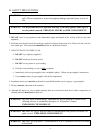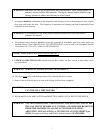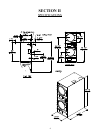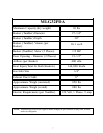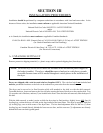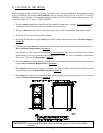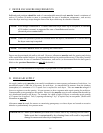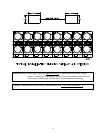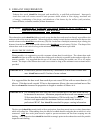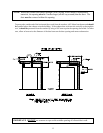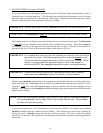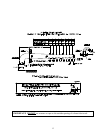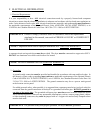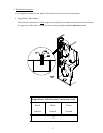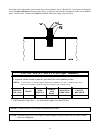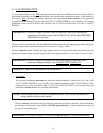
12
E. EXHAUST REQUIREMENTS
Exhaust duct work should be designed and installed by a qualified professional. Improperly
sized duct work will create excessive back pressure which results in slow drying, increased use
of energy, overheating of the dryer, and shutdown of the burner by the airflow (sail) switches,
burner hi-limits, or basket (tumbler) hi-heat thermostats.
CAUTION: IMPROPERLY SIZED OR INSTALLED EXHAUST DUCT WORK CAN
CREATE A POTENTIAL FIRE HAZARD.
The exhaust duct work should be laid out in such a way that the duct work travels as directly as possible to the
outdoors with as few turns as possible. When single dryer venting is used, the duct work from the dryer to the
outside exhaust outlet
should not exceed twenty (20) feet. In the case of multiple (common) dryer venting, the
distance from the last dryer to the outside exhaust outlet
should not exceed twenty (20) feet. The shape of the
exhaust duct work is not critical so long as the minimum cross-sectional area is provided.
1.
SINGLE DRYER VENTING
Where possible, it is suggested to provide a separate exhaust duct for each dryer. The exhaust duct work
should be laid out in such a way that the duct work travels as directly as possible to the outdoors with as few
turns as possible. It is suggested that the use of 90º turns in ducting be avoided; use 30º or 45º angles
instead. The shape of the exhaust duct work is not critical so long as the minimum cross-sectional area is
provided.
IMPORTANT: Exhaust back pressure measured by a manometer at each basket exhaust duct
area should not exceed 0.3 inches of water column.
It is suggested that the duct work from each dryer not exceed 20 feet with no more than two (2)
elbows. If the duct work exceeds 20 feet or has numerous elbows, the cross-sectional area of the
duct work must be increased in proportion to length or number of elbows in it.
IMPORTANT: For extended duct work runs, the cross-sectional area of the duct work can only
be increased to an extent. Maximum proportional duct work runs
cannot exceed
20 feet more than the original limitations of 20 feet with two (2) elbows. When
the duct work approaches the maximum limits as noted in this manual, a
professional HVAC firm should be consulted for proper venting information.
The duct work should be smooth inside with no projections from sheet metal screws or other obstructions
which will collect lint. When adding ducts, the duct to be added should overlap the duct to which it is to be
connected.
ALL duct work joints must be taped to prevent moisture and lint from escaping into the
building. Also, inspection doors should be installed at strategic points in the exhaust duct work for periodic
inspection and cleaning.



